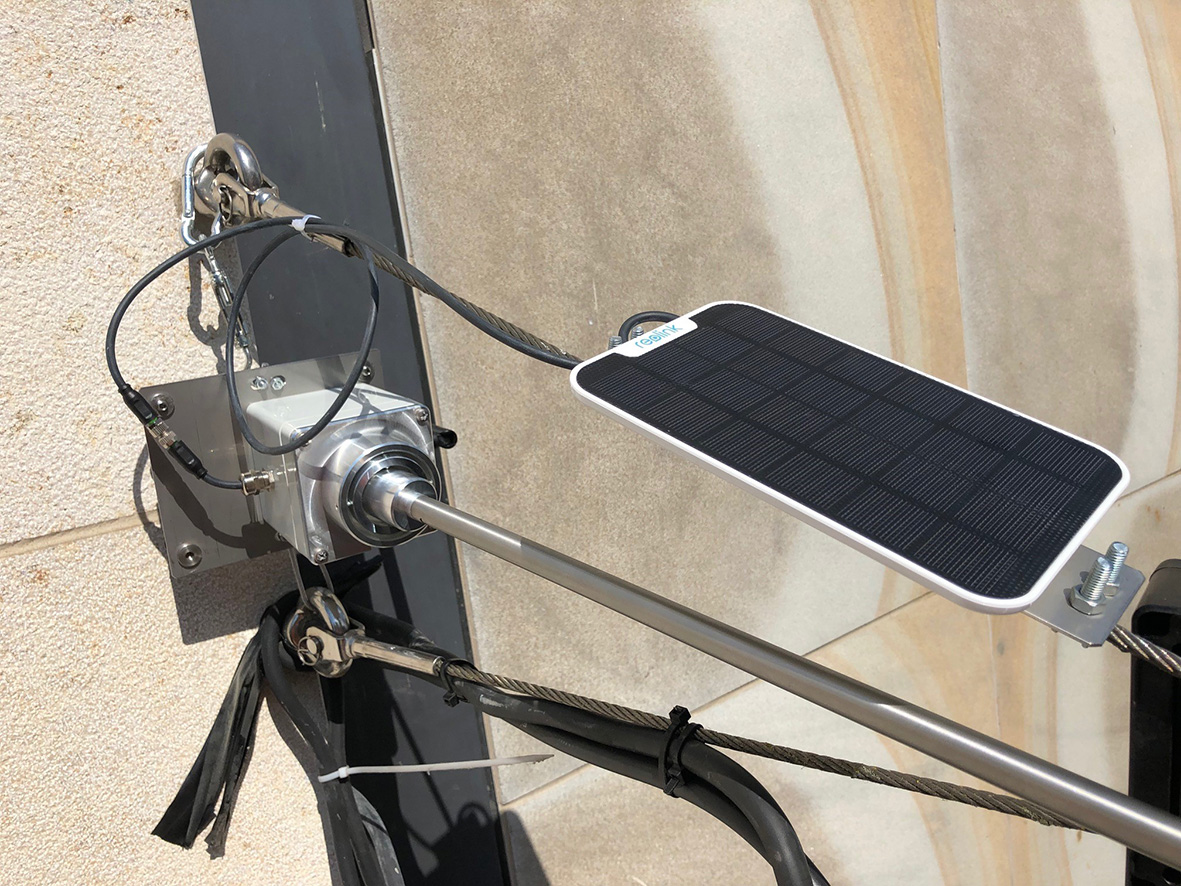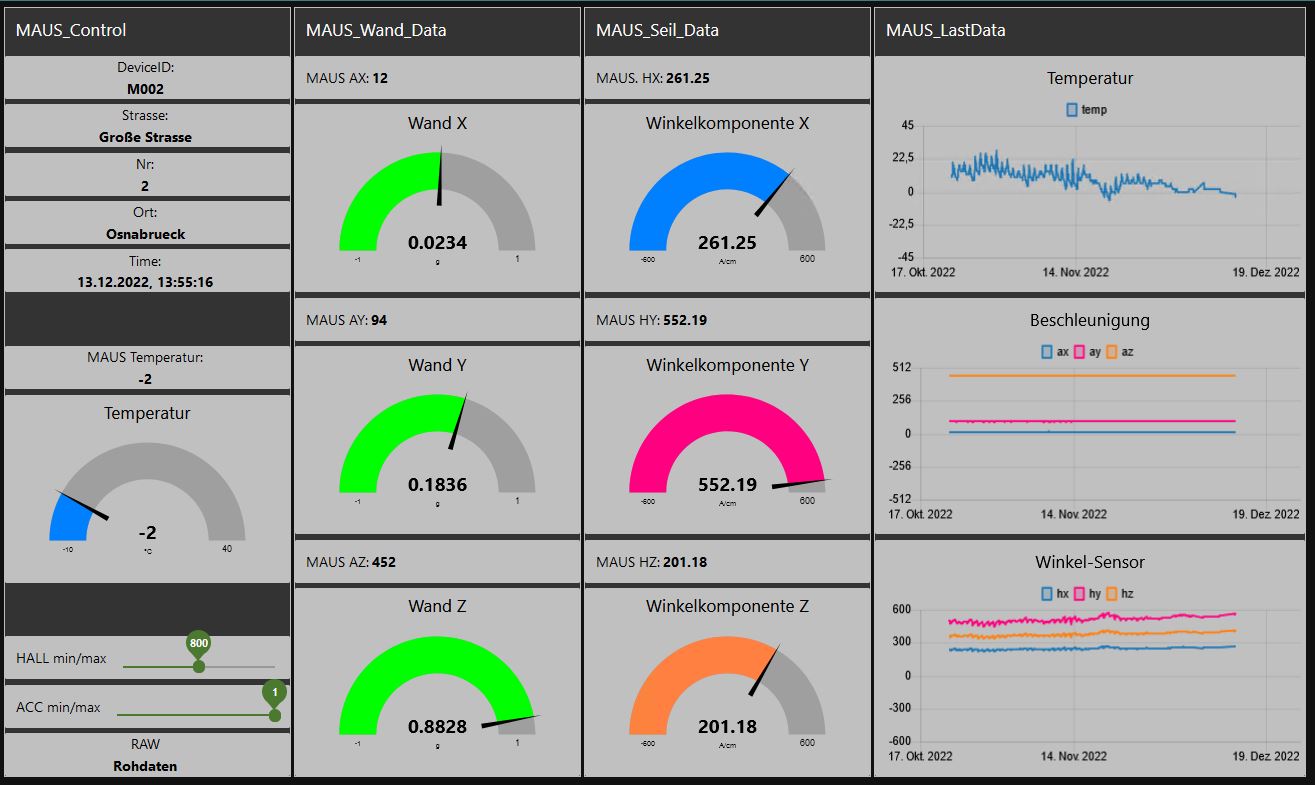The Industrial Internet of Things (IIoT) is used to connect physical objects (devices) to the Internet or other networks. IIoT devices can collect, process and exchange data easily and without human intervention. As a result, relevant information from the real world can be made available to the network in an automated manner. The number of IIoT devices in use is rising continuously and is now estimated at over ten billion, with an upward trend. In addition to the already established sensors, IIoT devices, supplemented by nondestructive testing methods, can also be used in new application areas.
The requirement of end users to shorten the time to market for new products is continuously increasing. Flexible systems that can be adapted to a wide variety of requirement scenarios within a very short time are of paramount importance. To provide a significant contribution to the solution of this challenge, the “Multimodal Autarkic Sensor Platform - MAUS“ was developed. The modularly designed sensor platform can be flexibly adapted and extended to a wide variety of application scenarios.
The IIoT device can fuse a wide variety of sensor sources, extract relevant information from raw data, and perform monitoring tasks without a wired power supply by using an energy-efficient architecture. The use of various communication interfaces enables easy connection to existing data rooms. In addition to use in production environments, the performance spectrum promises application possibilities in urban areas, nature, hard-to-reach areas or hostile environments.
A solution based on stretch modules has been developed, which has a processor module with high-performance integrated analog-to-digital converters as its core. In addition to data acquisition of common sensor data such as temperature, humidity and pressure, vibration and acoustic signals, this also enables the application of NDT methods such as ultrasound or eddy current. In addition to application-specific sensor modules, special modules for power supply (wired as well as stand-alone via solar module) and communication (WLAN, LoRaWan, Ethernet or LTE) can also be used. The ultrasonic sensor module can be operated in different modes. By using different algorithms, e.g. ASCAN for data reduction, the determination of the aperture data, but also the correlation calculation, directly on the sensor electronics, very short data streams can be realized. These are essential especially for monitoring applications and often enable the successful use.
The MAUS sensor platform allows the rapid implementation of application-adapted IIoT devices to significantly reduce development efforts with the aim of producing demonstrators, prototypes and small series as quickly as possible and testing them in the field. The knowledge gained in this way can then be transferred to a series product specially adapted to the application. The response time to market needs can thus be reduced to a minimum, which means that market access can be achieved significantly earlier.
 Fraunhofer Institute for Nondestructive Testing IZFP
Fraunhofer Institute for Nondestructive Testing IZFP 
